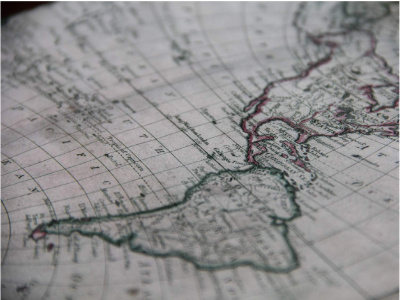This module introduces the fundamentals of GIS. GIS software has a vast array of functionalities from spatial data analysis, data integration and visualisation. The module also looks at GIS data types and software along with some tips for creating good maps.
Learning objectives
By the end of this module, you will be able to:
- Understand the fundamentals of GIS;
- List the types data that can be used in GIS;
- Describe some methods of best practice in producing maps;
- List several GIS software packages;
Audience
This module is an intermediary-level course aimed at anyone who is interested in furthering their skills and knowledge in nutrition information management in humanitarian contexts, and who needs to coordinate and collaborate with humanitarian architecture on this topic. It is part of the recommended learning path for national IMOs aiming to progress to senior-level roles.
Length
It should take you about 45 minutes to complete this self-paced course.
Methodology
This course is composed of a single short self-paced animated module, including various examples and activities.
Structure
Introduction
Lesson 1: GIS fundamentals
20 mins
Lesson 2: Types of GIS data
10 mins
Lesson 3: Best Practice in Mapping
10 mins
Lesson 4: GIS Software
5 mins
Summary
Contact details
For technical issues, you can contact https://www.nutritioncluster.net/Ask_question
